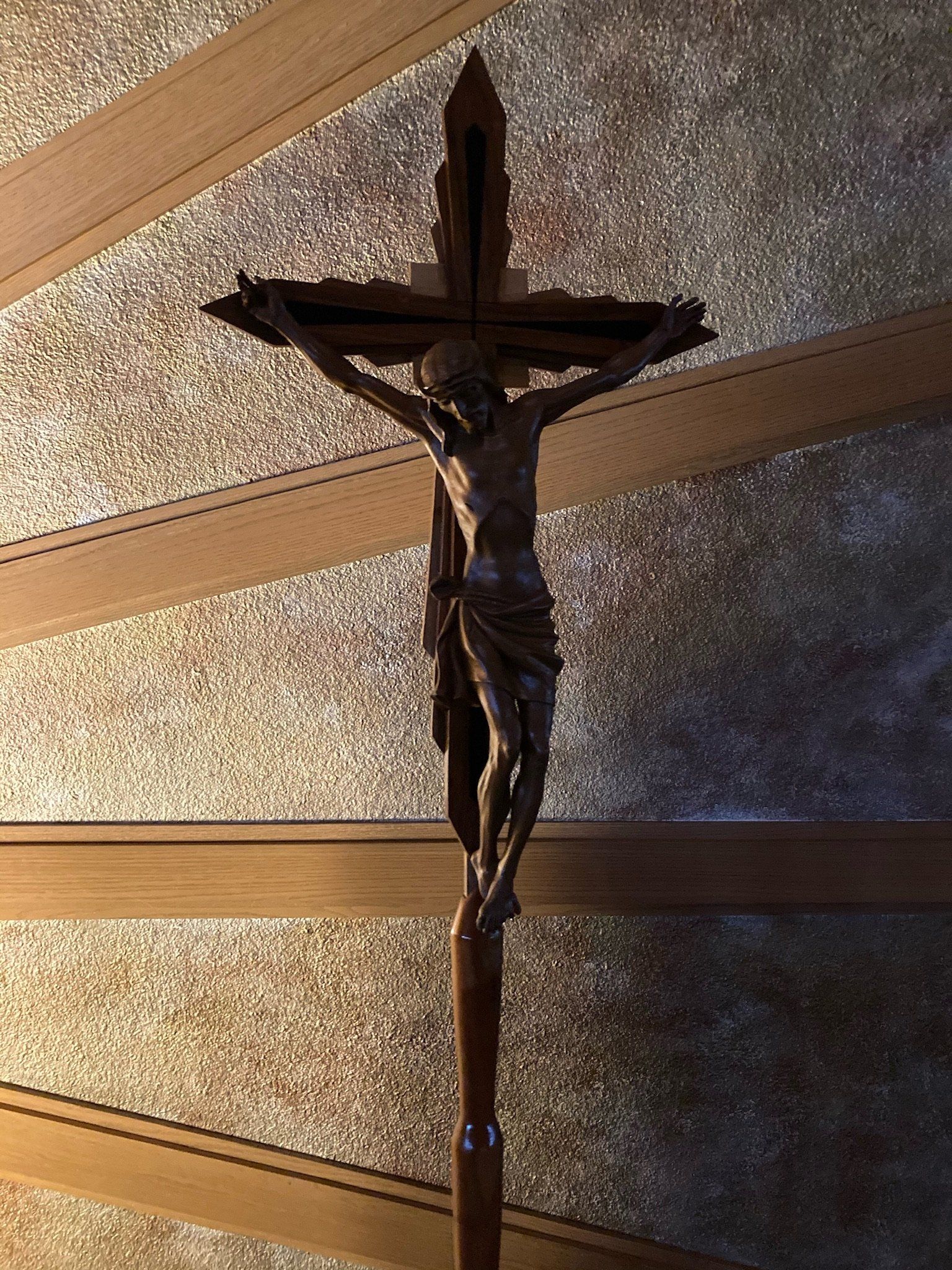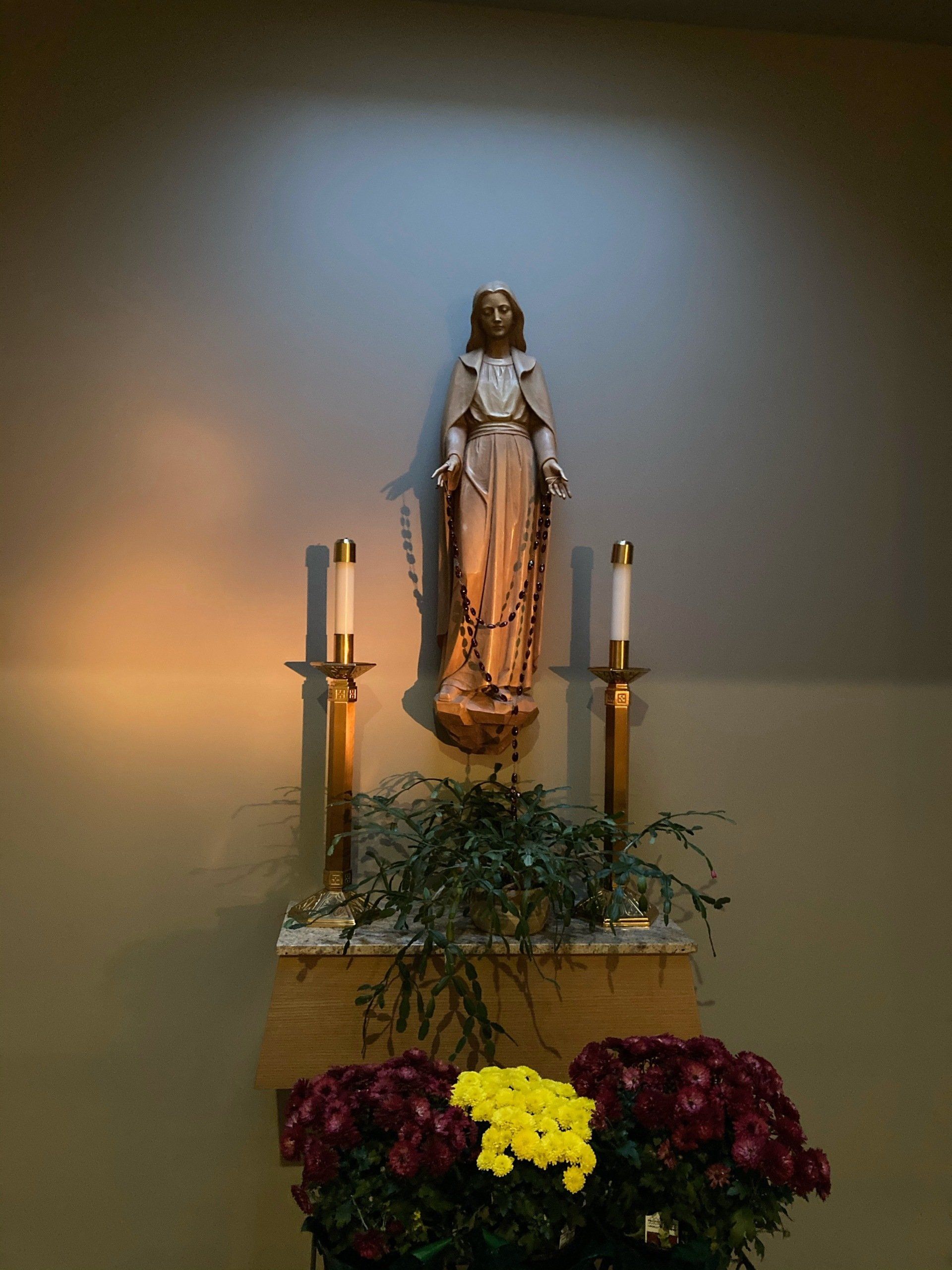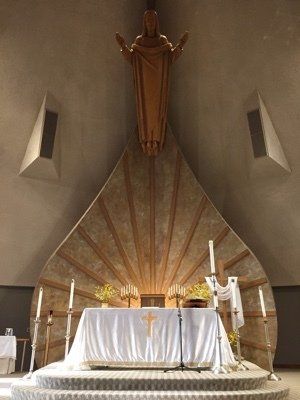St. Francis of Assisi Parish
Contemplative Prayer Ministry

The Mission of Contemplative Prayer Ministry:
In accord with the teachings of the Catholic Church is to promote Christian Contemplative Spirituality offering comprehensive, formational, and integrative “spiritual “program among lay Catholics, clergy, lay professional ministers, and other people of faith.
Contact person: John Eisen, Master of Divinity, jeisen@stfoa-parish.org
Retreat Team: John Eisen, Master of Divinity and Paul Peterhans, Master of Divinity
Resources: “Open Mind, Open Heart” Fr. Thomas Keating, 1996 St. Benedict Monastery
Additional Resources: Contemplative Outreach, ltd. http://www.contemplativeoutreach.org.
Christian Contemplative Spirituality:
Contemplative Prayer is a process of interior transformation, a conversion imitated by God and leading, if we consent, to divine union. Our way of seeing reality changes in this process. A restructuring of conscious takes place which empowers one to perceive, relate, and respond to everyday life with increasing sensitivity to the divine presence in, through and beyond everything that happens.
According to Christian tradition, contemplation is a pure gift of God. To refer to it as pure gift, however, we need to be nuanced lest we give the impression that it is out of reach and unattainable except for exceptional people like those in cloisters, hermits, or those who lead very austere lives. On the contrary, contemplation is a fundamental constituent of human nature and hence available for every human being. It is accessed by letting go of our own idea of ourselves, turning our will over to God, and resting in the Divine indwelling that is already present within us and waiting to reveal itself to us.
Centering Prayer is a movement of Divine Love designed to renew the Christian contemplative tradition. It consists of consenting to the Holy Spirit to consent to God’s presence and action within. It is based on the format for the profound form of prayer that Jesus suggests in Matthew 6:6. “If you pray, enter your inner room, close the door, and pray to your Father in secret, and your Farther who sees you in secret will cause your life to blossom.”
The Four Guideline to Centering Prayer
1. Choose a sacred word as the symbol of your intention to consent to God’s presence and action within.
2. Sitting comfortably and with eyes closed, settle briefly and silently introduce the sacred word as the symbol of your intention to God’s presence and action within. Sacred word could be love, peace, be, beloved, and so forth.
3. When engaged with your thoughts, return ever-so-gently-to the sacred word. Thoughts refers to thinking about events, bothered by bodily sensations, attracted to emotional states like bored, sad, anger, drawn to profound spiritual insights. Let them all go, and reaffirm your intention to consent to God’s presence and action within.
4. At the end of the prayer period (usually 20 minutes, twice a day) remain in silence with eyes closed for a couple of minutes.
St. Francis of Assisi Centering Prayer Group:
- Meets on the 1st and 3rd Wednesdays of the month at 4:00pm via a Zoom
- Time is 4:00-5:00pm, brief check-in, 30-minute Centering Prayer period, and ends with group
discussion about the prayer practice, comments, questions and /or thoughts.
Contemplative Outreach Northwest is a local group that serves the greater Seattle area. Their web page lists centering prayer retreats for beginners and advance, resources, and list og Prayer Groups. The link to their web page: http://www.conw.org/?q=node/1
Lectio Divina Prayer Practice:
Listening to the word of God in Scripture (Lectio Divina) is a traditional way of cultivating friendship with Christ. It is a way of listening to the texts of Scripture as if we were in conversation with Christ and He were suggesting the topics of conversation. The daily encounter with Christ and reflection on His word leads beyond mere acquaintanceship to an attitude of friendship, trust, and love. Conversation simplifies and gives way to communing. Gregory the Great (6th century) in summarizing the Christian contemplative tradition expressed it as “resting in God.” This was the classical meaning of Contemplative Prayer in the Christian tradition for the first sixteen centuries.
The Method of Lectio Divina:
The monastic form of Lectio Divina is an ancient method that was practiced by the Mothers and Fathers of the Desert and later in monasteries both East and West. The monastic way is unstructured. One listens to the word of God in a particular passage and then one follows the attraction of the Spirit.
Guidelines for Monastic Lectio Divina:
Moment One: (lectio) Read the Scripture passage for the first time. Listen with the “ear of your heart.” What phrase, sentence or even one word stand out to you? Begin to repeat that phrase, sentence or one word over and over, allowing it to settle deeply in your heart.
Moment Two: (Meditatio) Reflect relish the words. Let them resound in your heart. Be attentive to what speaks to your heart. What is Christ saying to me through these words, sentence?
Moment Three (Oratio) Respond spontaneously as you continue to listen to a phrase, sentence or word. A prayer of praise, thanksgiving or petition may arise. Offer that prayer.
Moment Four (Contemplatio) Rest in God. Simply “be with” God’s presence as you open yourself to a deeper hearing of the Word of God. If you feel drawn back to the scriptures, follow the lead of the Spirit.
Zoom Lectio Divina Prayer Group
We are not offering a group at this time.
Website Links
Contact info
(206) 242-4575
ParishOffice@stfoa-parish.org
15226 21st Ave SW, Burien, WA, USA
Office Hours
Monday - Thursday 8:30 AM - 4:00 PM
Closed on Fridays
Mailing Address:
St. Francis of Assisi Parish
PO Box 929
Seahurst WA 98062





